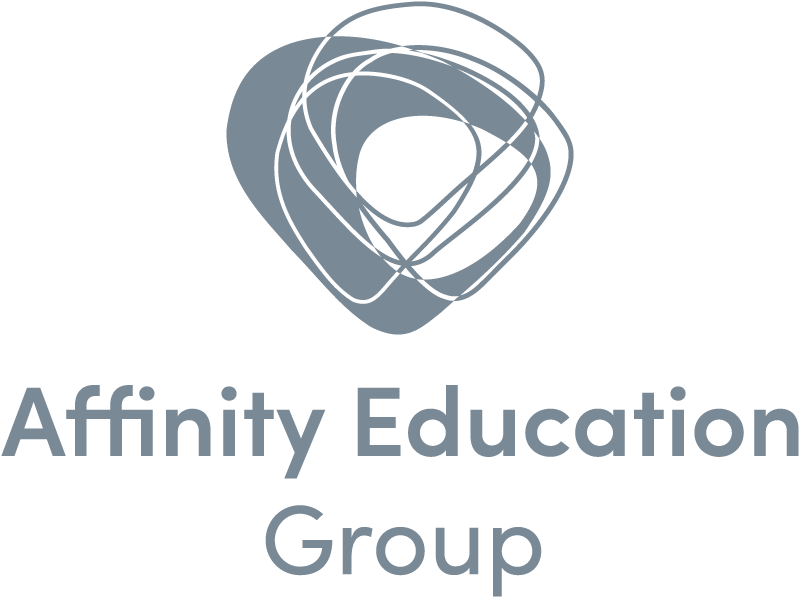Classroom Activity:
Classroom Activity: Draw and/or paint your own design on body template provided (download).
Teachers Notes:
Aboriginal body painting and personal ornamentation is an ancient tradition which carries deep spiritual significance for the Australian Indigenous people. Their cultural rituals including body painting differ between Aboriginal tribes and locations. It is related to spiritual matters and is very creative in character.
The specific designs and motifs reveal their relationships to their family group, social position, tribe, precise ancestors, totemic fauna and tracts of land.
Black dots often represented stars, ancestral desert tracks and/ or body parts while lines signalled waterfalls, rivers or landscapes.
Links to the Early Years Learning Framework
|
Learning Outcome 1: Children have a strong sense of identity |
Outcome 1.3 Children develop knowledgeable and confident self-identities |
|
Learning Outcome 2: Children are connected with and contribute to their world |
Outcome 2.1 Children develop a sense of belonging to groups and communities and an understanding of the reciprocal rights and responsibilities necessary for active community participation |
|
Learning Outcome 2: Children are connected with and contribute to their world |
Outcome 2.2 Children respond to diversity with respect |
|
Learning Outcome 4: Children are confident and involved learners |
Outcome 4.1 Children develop dispositions for learning such as curiosity, cooperation, confidence, creativity, commitment, enthusiasm, persistence, imagination and reflexivity |
|
Learning Outcome 5: Children are effective communicators |
Outcome 5.2 Children engage with a range of texts and gain meaning from these texts |
|
Learning Outcome 5: Children are effective communicators |
Outcome 5.3 Children express ideas and make meaning using a range of media |
Links to the National Quality Standards
|
Element 1.1.1 |
Approved learning framework |
Curriculum decision- making contributes to each child’s learning and development outcomes in relation to their identity, connection with community, wellbeing, confidence as learners and effectiveness as communicators. |
|
Element 1.2.1 |
Intentional teaching |
Educators are deliberate, purposeful, and thoughtful in their decisions and actions. |
|
Element 1.3.2 |
Critical reflection |
Critical reflection on children’s learning and development, both as individuals and in groups, drives program planning and implementation. |
|
Element 6.2.3 |
Community engagement |
The service builds relationships and engages with its community. |


